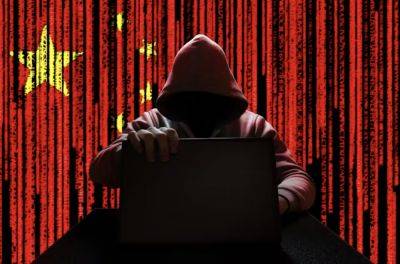A US-China pharma drug war in the making
It can credibly be argued that while China’s economy does have a substantial private sector, ultimately state intervention is never far behind. This makes China, for all practical purposes, a state-controlled economy with on its periphery a private sector operating within limits often undefined but limits nonetheless.
Thus when a private sector firm becomes too visible or powerful, it is reined in. Alternatively, when it needs support, this is often forthcoming in the form of credits, subsidies or more complex means or mechanisms. The end result is that every Chinese economic enterprise is potentially a state entity.
For the international economic order, this would not be a major concern were it not for the fact that with 18 % of the world’s population, China produces as much as 35% of the world’s industrial output making it, for all practical purposes, the world’s factory floor.
And this, in turn, has a major impact on China’s political and economic relations with the industrialized West in general and more specifically with the United States.
China’s manufacturing hub has essentially three components. The first is composed of basically simple consumer products and intermediate technologies, many of which are now migrating to neighboring countries with lower labor costs.
The second includes the likes of solar panels or advanced batteries which are not only more efficient than their Western counterparts but enjoy a lower production cost of some 45%, albeit leaving unanswered the question if and to what extent this is due to disguised state subsidies.
The third results from the part of China’s industrial establishment that has transited from manufacturing to innovation.
It was a given that over the years China would







